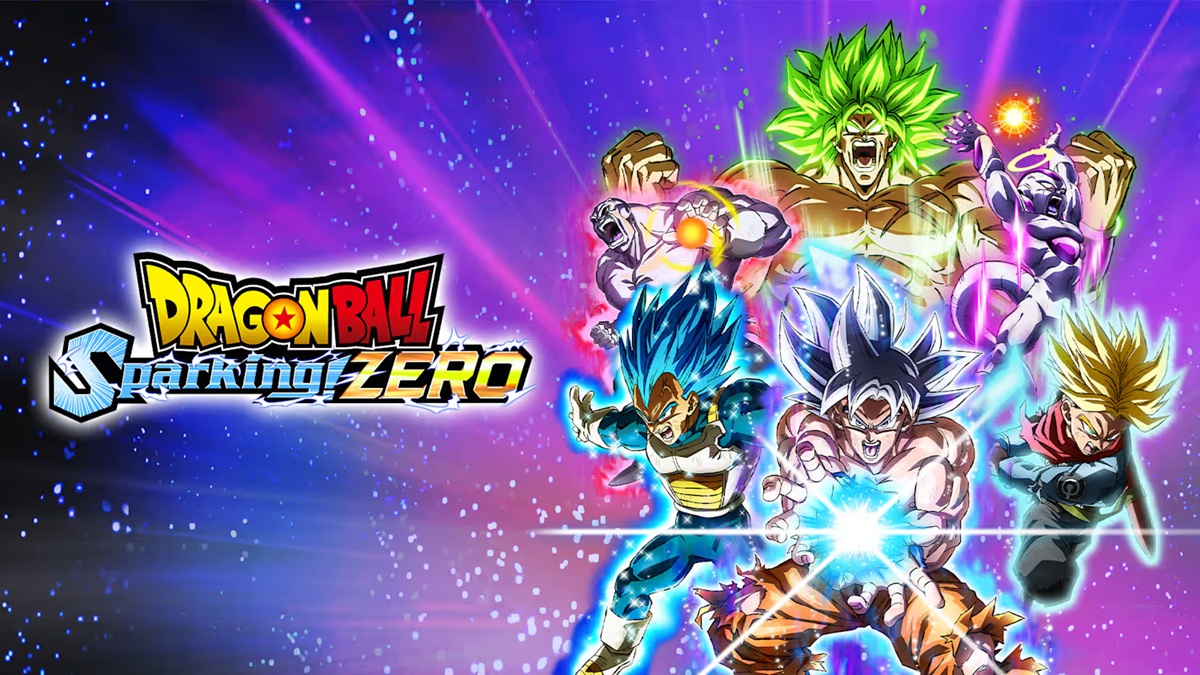Shantae Original Review: Revisiting the Iconic Game Boy Color Title on Nintendo Switch
Entry information
Published on: April 29, 2021
Description
Shantae, released by WayForward in 2002 for the Game Boy Color, is widely regarded as one of the platform’s most ambitious and enduring games.
Despite debuting nearly a year after the launch of the more advanced Game Boy Advance, the original Shantae quickly carved out a cult following with its inventive gameplay and distinctive art direction.
Now, nearly two decades later, this classic adventure has found new life with its release on the Nintendo Switch, bringing a celebrated retro experience to a modern audience via the Nintendo eShop.
For many players, Shantae was a late-generation gem that faced an uphill battle, initially overshadowed by the shifting focus to the Game Boy Advance.
However, over the years, Shantae has not only retained relevance but spurred a thriving franchise, now boasting five mainline games and several crossover cameos.
The series’ growth is a testament to both enduring fan enthusiasm and WayForward’s dedication to its signature platforming heroine.
At its core, the original Shantae offers a Metroidvania-inspired experience—a formula characterized less by weapon and armor upgrades and more by the protagonist’s ability to learn new magical dances.
These transformations, unique to Shantae’s genie lineage, allow her to morph into various animals, enabling new traversal abilities and unlocking fresh areas.
While the nostalgic charm of Shantae remains intact, modern gamers may find the controls somewhat rigid by today’s standards.
Platforming, as in many titles from the early 2000s, can feel heavier and less intuitive than the polished fluidity found in later franchise entries such as Shantae: Half-Genie Hero.
The Game Boy Color’s simple hardware, with just two primary buttons and a basic D-Pad, inevitably impacts the gameplay experience, making some sequences feel clunky to those accustomed to versatile modern controllers.
In terms of content, the original Shantae provides an engaging, if brief, 2–5 hour Metroidvania adventure.
The Switch port offers welcome quality-of-life features including save states and the ability to toggle between GBC and GBA color modes.
Additionally, players can enjoy a gallery of character artwork and development sprite sheets, offering insight into the creative journey behind the beloved genie’s debut.
Reflecting on the experience, the Switch release does an admirable job of preserving Shantae’s historic value while making it more accessible.
However, newcomers seeking the pinnacle of Metroidvania gameplay might find the original title’s age a hurdle when compared to its acclaimed successors.
Still, for series completionists and retro enthusiasts, this port is an essential addition—providing both a nostalgic trip and valuable perspective on how one of gaming’s most beloved indie franchises began.
Ultimately, the Nintendo Switch version of Shantae serves as both a celebration of the franchise’s roots and a bridge for new fans to discover its origins.
While it may struggle to match the finesse of its sequels, its legacy as a Game Boy Color cult classic is well secured, making it a worthwhile purchase for anyone invested in video game history.
Nintendo Switch Nintendo Game Boy Switch Switch port Metroidvania Game Boy Color Shantae WayForward Nintendo eShop Shantae: Half-Genie Hero






